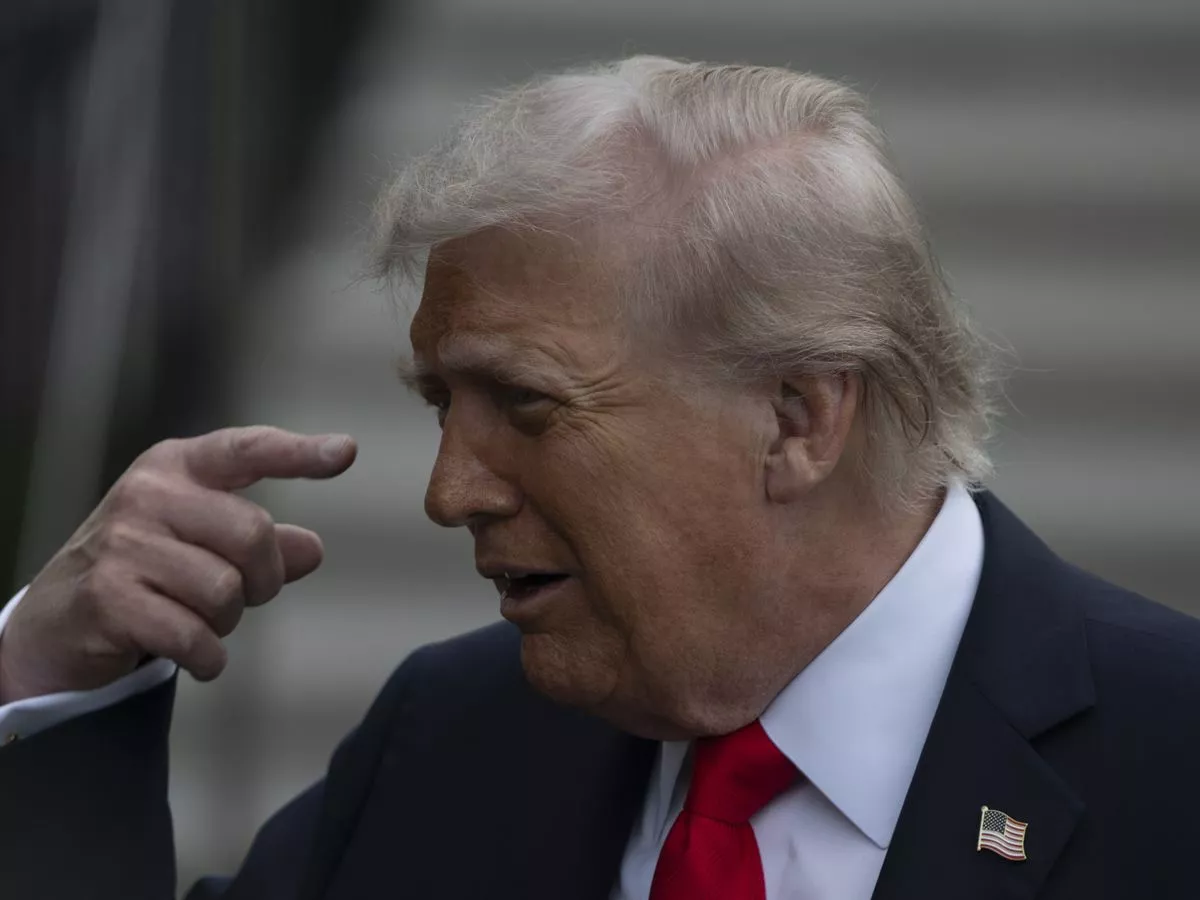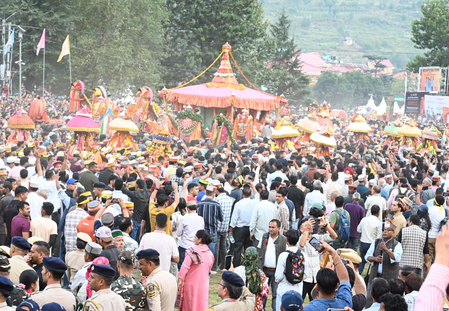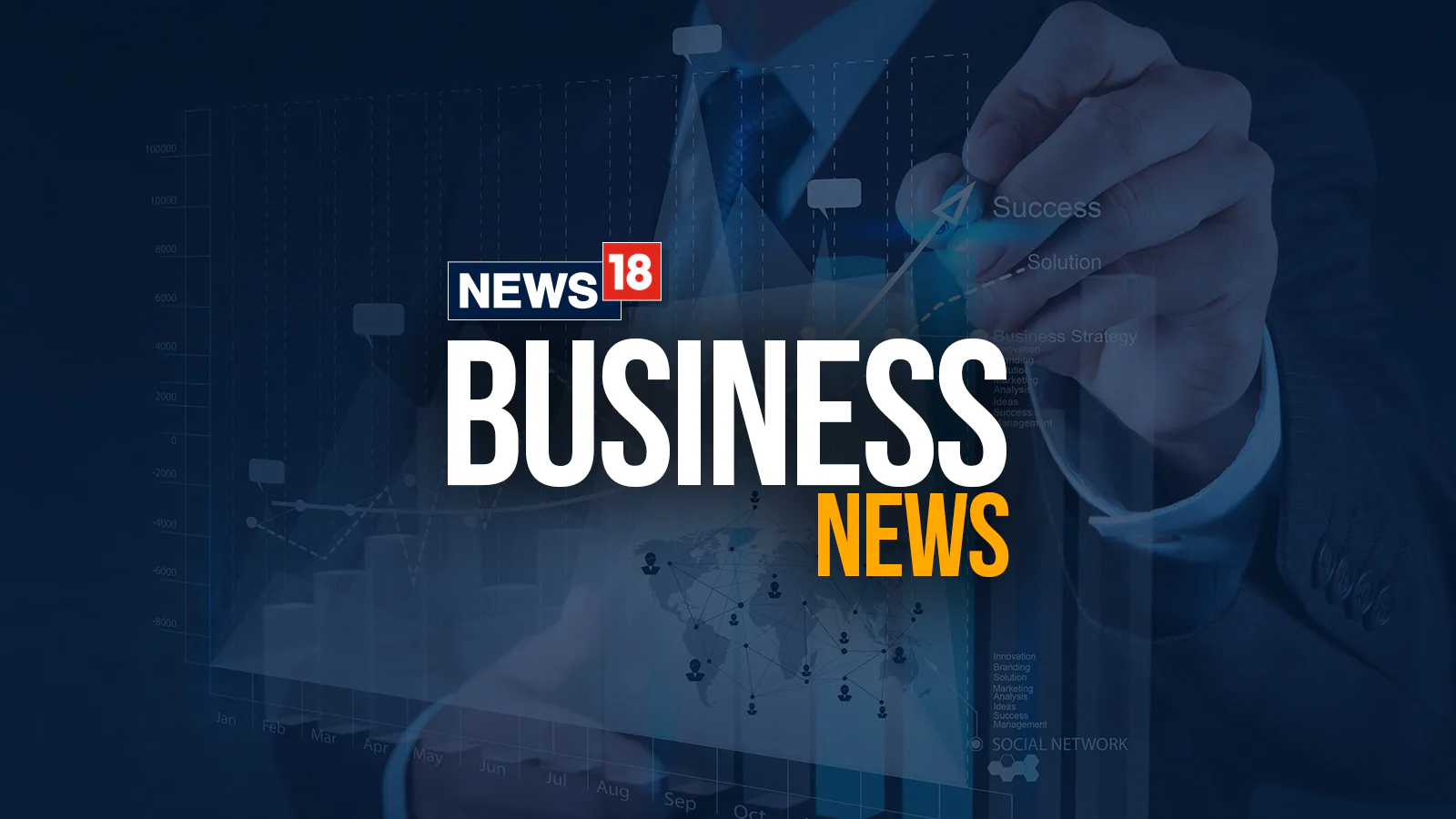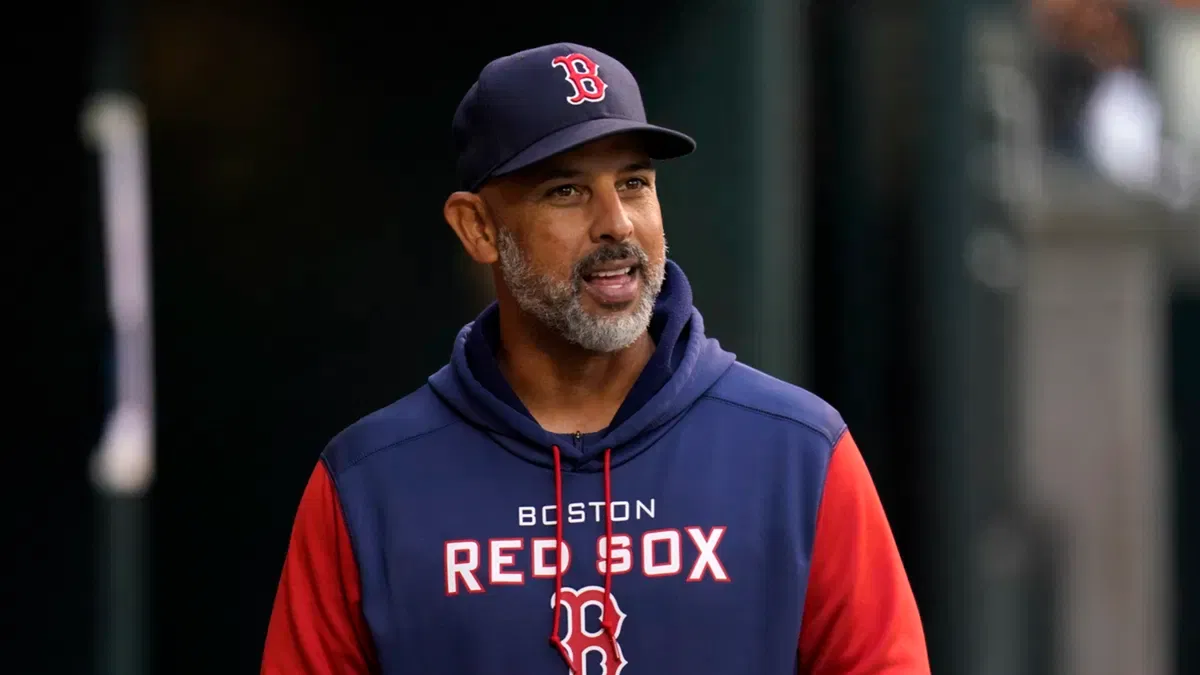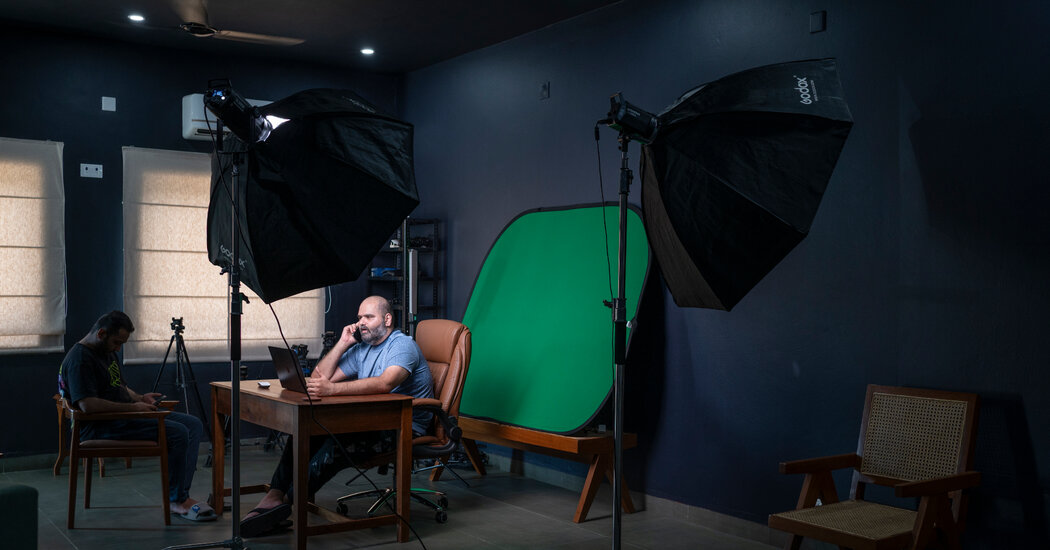
From his bachelor pad of exile in a secluded corner of his own country, the Indian stand-up comic Kunal Kamra watched the free speech debate in the United States that followed Jimmy Kimmel’s suspension with a sense of déjà vu, alarm and lots of envy.
The decision by the broadcaster ABC to sideline its late-night host, after criticism from the Trump administration, set off a wave of protests that the country’s consequential traditions of free speech were being eroded. Within a week, Mr. Kimmel was back on air, cracking jokes about America’s president once again.
Mr. Kamra, 37, who used to spend half his time touring comedy clubs doing multiple stand-up shows a day, has been entirely off the stage for the past six months. His absence came after a mob unleashed by local leaders of the ruling coalition wrought havoc on a club in Mumbai where he had earlier cracked a joke at a politician’s expense.
While their jokes were very different, the comics both ruffled the feathers of ruling politicians. But in India, the world’s largest democracy, creeping censorship over the past decade under Prime Minister Narendra Modi is so entrenched that the hosting of shows like Mr. Kimmel’s, or any direct mockery of governing politicians, is increasingly out of the question.
Indians commonly refer to the omnipresent prime minister as Modi ji, or Dear Modi, a suffix that now naturally rolls off the tongue for most when referring to the nation’s leader.
“The time is so bad that I think the prime minister enters your dream also with respect,” he said not so jokingly. “In dreams, too, he comes as Modi ji, and not just Modi.”
Many in India are astonished at how similar Mr. Trump’s playbook is to the one that has reshaped their country, from early attacks on universities to unleashing investigating agencies at opponents. They see India as a warning to the world about how much can be lost when strongmen bend democracies to their will, and how quickly the shrunken space becomes normalized.
What fundamentally altered the landscape was when the right-wing establishment put its overwhelming online presence and the muscle of the state behind such intolerance, analysts say. After Mr. Modi took power in 2014, police complaints and harassment, court cases and tax raids made the choice clear: If you strayed, you suffered and could end up in jail. If you fell in line, riches awaited you.
A majority of the broadcast media outlets in the country have become cheerleaders for the government. The political engagement of celebrities, from movie stars to athletes, has been largely reduced to issuing birthday greetings to the prime minister or issuing nearly identical messages of support for the initiatives of the ruling party.
That comics became early targets reflected how quickly and successfully Mr. Modi had cowed the first line of defense: the news media.
Mr. Modi’s government, quite early on, began squeezing the tycoons who owned India’s media houses by adding punishing tax raids to his predecessors’ tactics of using government advertising revenues as an incentive.
Most fell in line quickly. For the ones that didn’t, Mr. Modi’s cash-rich allies stepped in to buy out their outlets. Critical voices have either been broken into submission or forced to make a living on the margins online.
“Sometimes, action has to be taken. But we are not a banana republic and those actions will not be taken on an impulse,” he said. “Backlash to a comedian comes because people feel emotionally about their leaders.”
Born and raised in Mumbai to parents who ran a local pharmacy, Mr. Kamra got a job in advertising right after high school. But his heart was in comedy. He began testing his material at open mic events before becoming a full-time comic around 2013, when a coalition government, headed by the soft-spoken economist Manmohan Singh, was grappling with many corruption accusations against his administration.
“At least there was an element of talking about petrol prices, about the prime minister being quiet. There were jokes about it,” Mr. Kamra said. “All the celebrities used to tweet politically.”
“It’s only after 2014 that culture has totally changed,” he added, referring to the year Mr. Modi was elected.
Among those who cowered early was a collection of the country’s biggest stars, who were targeted for participating in a rowdy celebrity roast, setting a chilling tone.
Comics like Mr. Kamra continued even after his shows were disrupted and the larger venues stopped taking risks on him. But there was a next step in the playbook: outright violence.
In March, he uploaded to YouTube a stand-up special that had been recorded months earlier at Mumbai’s iconic Habitat club. The show, in part, poked fun at Mr. Modi’s party breaking up regional parties in the cash-rich state of Maharashtra to emerge victorious in the local elections.
In a segment parodying a famous Bollywood song, Mr. Kamra hinted that Eknath Shinde — who had broken up his own party and brought a faction of it to Mr. Modi — was a “gaddar” or traitor. Although Mr. Kamra hadn’t mentioned him by name, Mr. Shinde’s lieutenants immediately threatened violence unless he issued an apology.
“But I just saw him in the video,” one of the mob members say in grainy video of the attack.
Mr. Kamra was outraged when the first court cases and police complaints — called First Information Reports, or F.I.R.s — came years ago. Now, he sees a police complaint or a court case as a best-case scenario.
“I used to think the F.I.R.s, the court cases, were harassment,” he said. “Now I feel harassment is better then broken bones.”
Mr. Kamra’s life has been largely reduced to his house in Pondicherry, on the edges of Tamil Nadu, where he bought property years ago. His home, with bachelor-pad and start-up vibes, has a small recording studio, a boxing gym and a farm that is being redone after a cyclone destroyed it.
Tall and fidgety, he spends an hour a day doing yoga. Off the stand-up circuit, he has given himself the goal of getting to a headstand. The rest of his day, he plans and records video podcasts with his team of four. They are mostly interviews with academics, or explainers on topics ranging from cloud bursts to the rights of gig workers.
